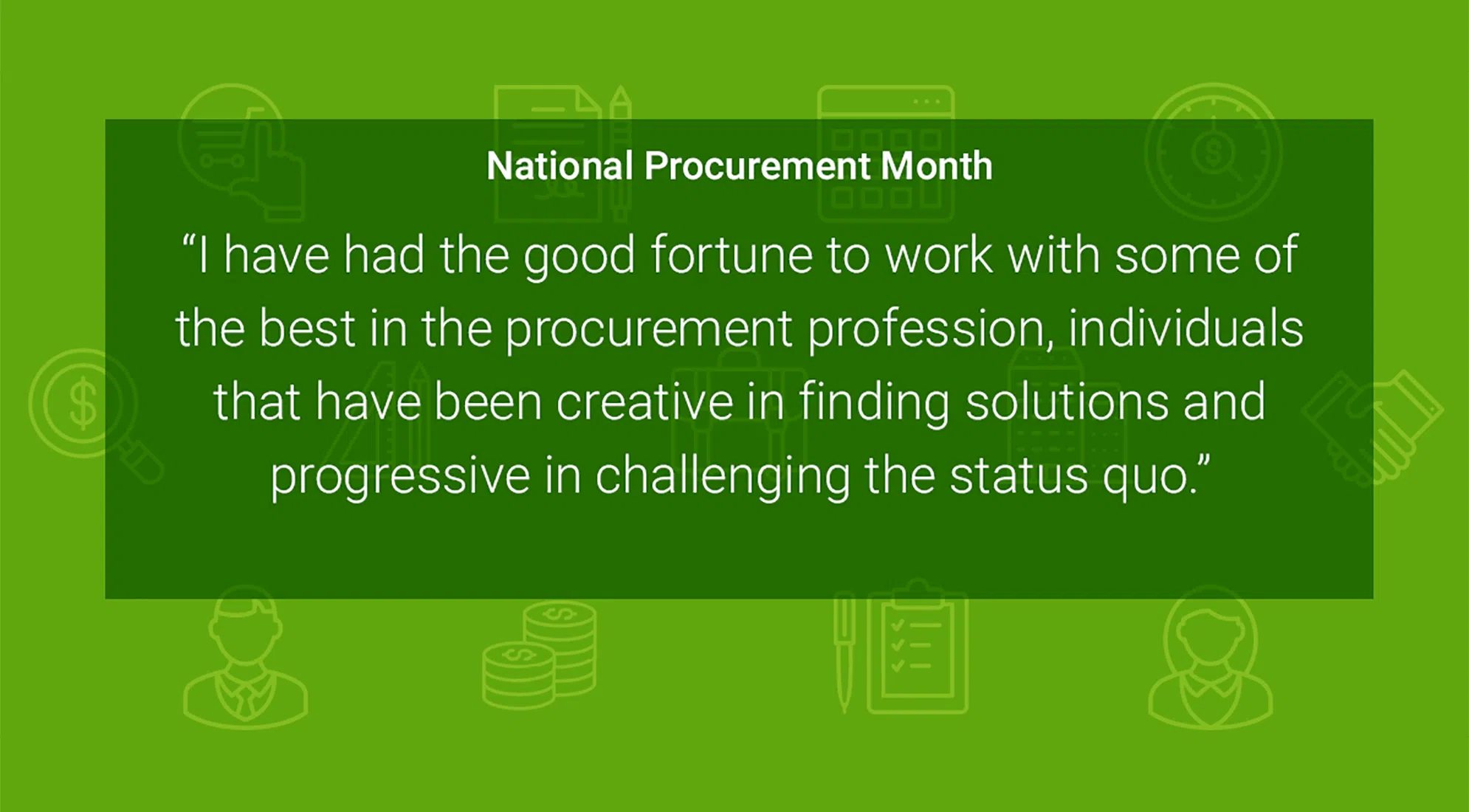
Minimize the Risk of Cost Overruns With Accurate Cost Data
December 13, 2024
Construction cost overruns are a serious risk that can send ripples throughout an organization’s budgets and operations, and while all would agree these mistakes must be avoided, leaders don’t always have the robust estimating data needed to plan and budget with confidence. To make the most of their available resources and leverage accurate budgets and forecast to request future funding, decision-makers require up-to-date, locally relevant cost estimating data to help minimize uncertainty and error.
Causes and challenges
Those involved in planning and budgeting know that cost overruns are not typically the result of any one mistake in the construction process, but rather the outcome of many minor mishaps in the initial stages of the lifecycle. As an article from the Houston Chronicle explained, reasons for overruns can include uncoordinated schedules, late-stage changes in project scope or unrealistic designs that end up costing contractors more than expected. Or, as the source notes, the problem stems from the estimates themselves.
“A common reason for cost overruns is the inaccuracy of cost estimates,” wrote Houston Chronicle small business columnist Bert Markgraf. “When the bids for subcontracts or the actual costs come in, they are often higher than anticipated. Such cost overruns are due either to incorrect estimates or to changed conditions in the marketplace.”
Construction projects, whether a new capital build or minor renovation, start with planning and often include design – the beginning stages of the construction lifecycle. Accuracy in cost estimating can combat risk in each of these areas, allowing those involved to focus on other key areas of the process. Accurate cost estimating data can help drive decisions within the boundaries set by budgets. Precise cost estimating data can also improve and accelerate the planning process, reducing the errors and waste that would result in overruns.
Real-world concerns
The battle with cost overruns is a universal one.
A recent article in Crain’s New York notes that the cost of the expansion of the Jacob K. Javits Center has risen to approximately a half-billion more than announcements last year. The 1.2 million square foot addition was originally projected to cost about $1 billion, and state officials now put the price tag at $1.55 billion. The original announced projection did not include “soft costs” for the project, and came before any design details had been decided, according to those interviewed for the article.
Likewise, a Panama Canal expansion project is looking at up to $2 billion in additional cost overruns. Original bids put the project at $3.2 billion, but the Grupo Unidos por el Canal (GUPC) is claiming up to $5.4 billion more, tripling the final cost of the canal. The claims are currently undergoing litigation and could be unresolved for years.
Smaller profile projects are not immune to cost overruns, either. A courtroom-police administration building project in Troy, New York saw a budget increase of $1 million, according to the local paper. In this project, the overrun issues arose from the police administration building project coming in over budget. But at this point, the city has no choice but to move ahead with the project.
With improved estimating resources that reflect up-to-date cost data, decision-makers can avoid these setbacks and ensure a seamless construction lifecycle.
Data proves invaluable
The most reliable cost estimating data doesn’t only account for materials and services based on market value, but also considers regional variances that impact the local price of these resources. An article from Construction Business Owner noted that geographically coordinated pricing is a key aspect of strong estimating practices, ensuring that facilities owners and managers don’t run into unexpected costs when it comes time to fund projects. Gordian’s RSMeans Data is the most trusted source of construction estimating data in North America, and includes costs for more than 900 cities in the U.S. and Canada. Tracking regional factors in this way allows those in the construction industry to maximize accuracy in planning, estimating and budgeting, and compare costs across different localities.
The source further recommended that decision-makers engage in deeper research processes to minimize the likelihood of surprising regional cost spikes. “[A] major problem that often can bring about cost overruns is working in a new environment, whether it is in a nearby or a distant geographical region,” explained the source. “Research is vital when venturing off in unknown areas. Consideration to resources (personnel, material and equipment), site conditions, weather, accommodations and safety requirements is indispensable.”
RSMeans Data tracks labor and material cost changes, to provide the most up-to-date and dependable cost estimating data. This allows estimators, planners, contractors, and facility managers and owners to understand the cost of a project—along with materials, equipment rentals, and labor hours and rates—to help eliminate pricing surprises as the project progresses.
Those involved in the beginning stages of the construction lifecycle must fulfill many responsibilities to minimize the risk of a cost overrun, but with accurate, regionally aligned RSMeans Data, their efforts will be kept on track throughout the rest of the construction process.
Share this:





